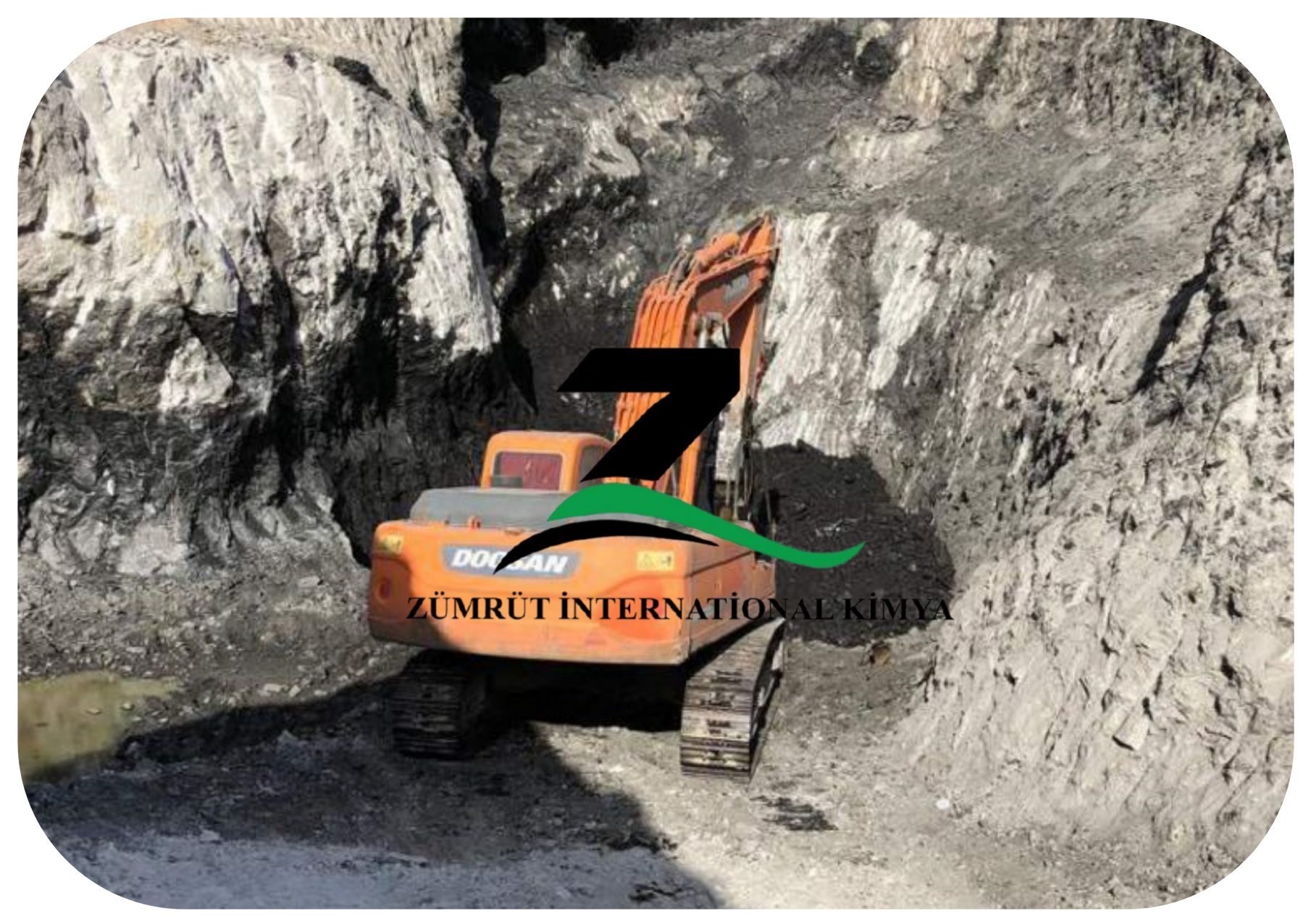
General Definition of Gilsonite Properties
All Gilsonite does not have the same melting point, varying widely from about 230° F to 500° F, depending upon the particular vein from which the sample has been taken.
Gilsonite greatly resembles asphalt. of which it is considered a species by many authors. Asphalt readily becomes softened by the warmth of the hand or the rays of the sun. However, Gilsonite is not affected by heat below the boiling point of water.
Gilsonite properties ,Gilsonite is completely dissolve in the ordinary solvents such as gasoline or benzol unless, for instance, it is refluxed with these solvents at a high temperature. This is probably due to the fact that Gilsonite properties is highly colloidal and therefore, tends to resist complete smooth solution.
Gilsonite greatly resembles asphalt. of which it is considered a species by many authors. Asphalt readily becomes softened by the warmth of the hand or the rays of the sun.
Gilsonite properties having a melting point of approximately from 150C up to 220. (Ball and Ring method) and ash of solved and, therefore, is poorly suited as a saturating material for brake linings for instance, where a considerable proportion of colloidal material is left on the surface when impregnation is attempted.
Gilsonite being a natural material varies in composition depending upon its origin, history of formation and the geographical region and the presence of other minerals such as sulphur, phosphorus, and others. So little wonder gilsonite does not have a specific composition. In general, it is Hydrocarbon and some of the carbon will be in the form of volatiles which evaporates readily as in Gilsonite. There is also inert material either mineral or within the carbon which forms ash. Complex chemical compounds are also formed during natural bitumen formation and some of these may have toxic properties. Gilsonite technology is therefore quite complex and important in its utilization.
Gilsonite is a complex system of different constituents, made of hydrocarbons and heteroatoms. After fractionation of the Gilsonite by specific solvents, four main chemical families are obtained: saturates, aromatics, resins, and asphaltenes. The association of asphaltene sheets (highly polycondensed pseudo monomers of a carbon black-bone, chemical functions, and heteroatoms surrounded by aliphatic chains) leads to the formation of microstructures or “micelles”. They can also form aggregates.
Gilsonite is not an asphalt if the term “asphalt” be restricted to its usual and primary meaning. gilsonite belongs to the family of substances known as asphaltites. which includes Grahamite, glance pitch, etc. Asphaltites are quite as different from asphalt as asphalt is from petroleum, or as petroleum is from natural gas. While gas, petroleum, asphalts, and asphaltites belong to the hydrocarbon series. they each constitute a distinct. though the overlapping sequence of state in which the composite. molecular arrangement. and other properties seem to vary chiefly with the degree of polymerization or fractionation. and the molecular history of the member of the series being considered.
Physical Characterization of Gilsonite Properties
| Color in | Mass Black |
|---|---|
| Color in Streak or | Powder Brown – Dark Brown |
| Moisture Content | 0.5–1 |
| Specific Gravity @ 77°F | 1.04-1.06 |
| Hardness (Moh’s Scale) | 2 |
| Penetration | 0 |
| 5 Hours @ 325°F< | 2% |
|---|---|
| 5 Hours @ 400°F< | 4% |
| 5 Hours @ 500°F< | 5% |
| Acid Value | 2.3 |
| Saponification Value | 5.6 |
| Iodine Number | 0 |
| Heat of Combustion | 17,900 Btu / lb. |
| Heat of Fusion | 9990 Btu / lb. |
| Specific Heat of Solid Phase | 0.52 Btu / lb. / °F |
| Specific Heat of Liquid Phase | 0.61 Btu / lb. / °F |
| Glass Transition Temperature, Tg | 185-225 °F |
| Bulk Density, Lump | 40 lbs. / ft3 |
| Electrical Resistivity | 4.0 x 1012 ohm-cm |
| @ 375°F | 55,000 cps |
|---|---|
| @ 400°F | 22,800 cps |
| @ 425°F | 6,600 cps |
| @ 450°F | 2,800 cps |
Benefits of Chemical Properties
- High asphaltene content
- High solubility in organic solvents
- High purity and consistent properties
- High molecular weight
- High nitrogen content
Chemical Properties
| Moisture (AGC Method) | 0.5-1% |
|---|---|
| Penetration (25 C, 100 gm, 5 sec.) | 0 |
| Color in Mass | Black |
| Sulfur | 3-3.3% |
| Specific Gravity | 1.05 |
| Fixed Carbon | 15% |
| BTU per pound | 16,000-18,000 |
| Volatile Combustible Matter at 1900 F, ASTM | D271-475-81% |
| Lustrous Carbon Content | 25-35% |
| Coking Value | 20-25% |

